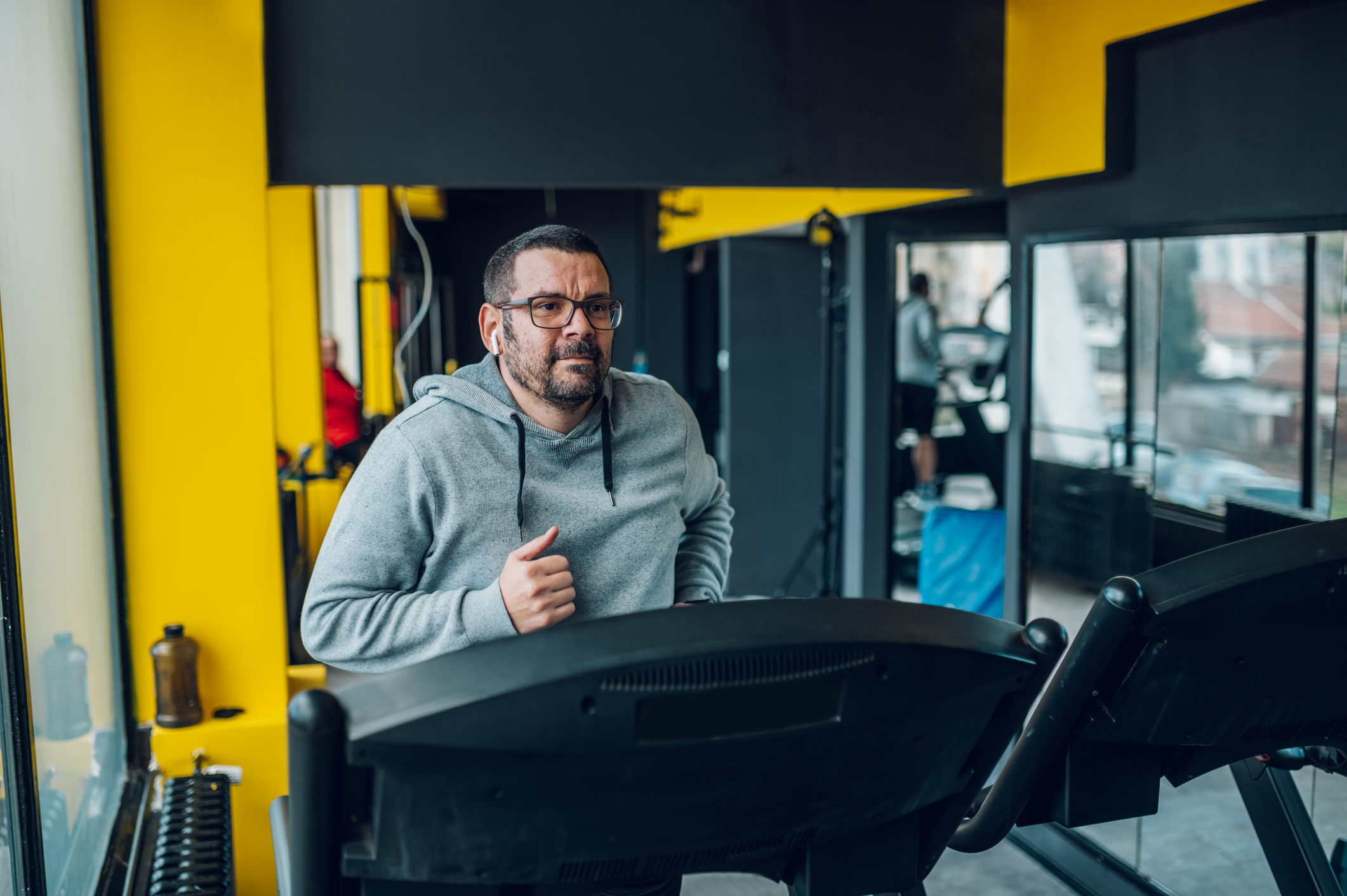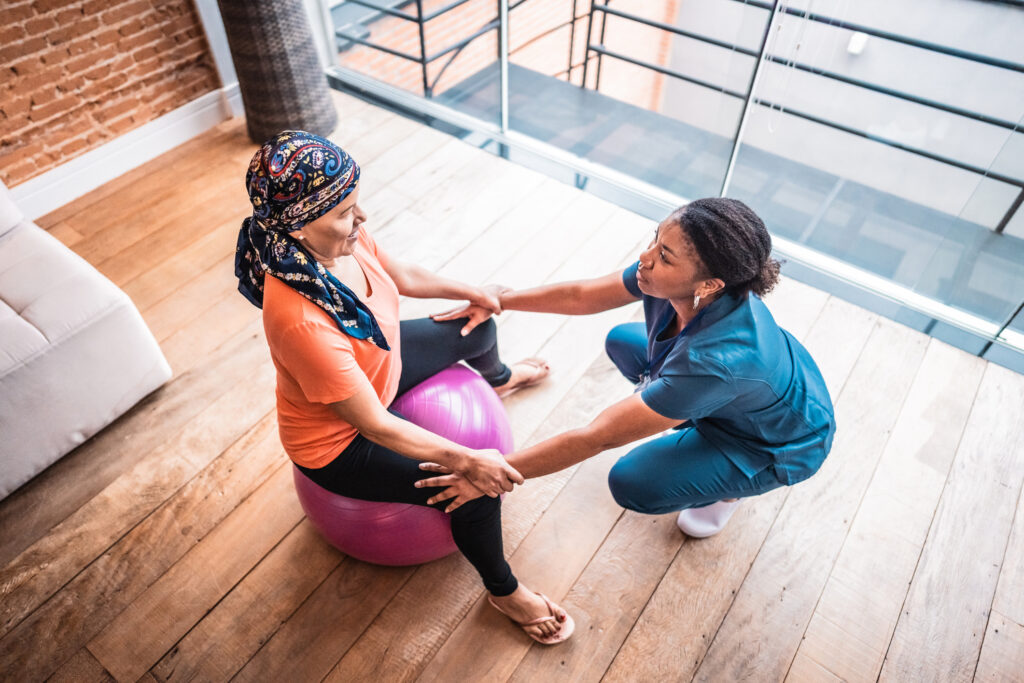If you have one hour to exercise at your gym, should you do aerobic, resistance, or half and half?
The answer depends on your goal, but most people go to their gym to lose (or maintain) body weight and promote health. In most exercise facilities, we can easily find aerobic equipment (e.g., treadmill, bike, and elliptical), occupying a large open space, yet weight machines for resistance exercise (RE) are often in a tucked-away corner. This represents people’s interests in and needs for aerobic exercise (AE), which has historical roots with the running boom in the 1970s. The health benefits of AE have been well documented, which has led to clear public health guidelines for AE in min/week, i.e., ≥150 min/week of moderate or ≥75 min/week of vigorous AE. However, we still know far less about the independent and additive health benefits of RE beyond AE, resulting in ambiguous guidelines for RE, i.e., ≥2 days/week with no duration specified in min/week.
In our recent review, we found that meeting AE guidelines is more strongly associated with reduced all-cause mortality and cardiovascular disease (CVD), but that meeting RE guidelines more strongly associated with reduced obesity, metabolic syndrome, and hypercholesterolemia. We also found that AE and RE are equally important for reduced risk of cancer and type 2 diabetes. However, meeting both AE and RE guidelines provides the largest health and mortality benefits overall, which supports the current 2018 US Physical Activity Guidelines recommending both AE and RE for maximal health benefits. This review was based on observational studies, which have inherent limitations including measurement error (self-reported exercise), reverse causation (healthier people are more likely to exercise), and residual confounding (e.g., by diet, smoking).
To minimize these limitations, we conducted the CardioRACE exercise trial in 406 adults aged 35-70 years with overweight or obesity. This trial had four groups: AE only, RE only, a combined half AE and half RE, and a no exercise control group. Our primary outcome was the standardized composite score of four well-established CVD risk factors: systolic blood pressure, low-density lipoprotein cholesterol, fasting glucose, and percent body fat. All exercise participants were prescribed one hour of time-matched supervised exercise (the combination group with 30 min of each AE and RE) three times/week for one year. With 82% average exercise attendance and 94% completion rates during this time, we found that AE alone or combined AE plus RE, but not RE alone, improved CVD risk profile compared to the control group, and the results were similar in men and women, as well as younger and older participants. Both AE and combined groups had minor (1.5%) weight loss, indicating that weight loss may not be required to improve CVD risk profile, even in adults with overweight or obesity. Our main results confirm that AE needs to be included to improve CVD risk profiles in people who are overweight or obese. However, this study further suggests an alternative, yet effective, practical option that one can simply replace half of AE with RE without adding more exercise time in your busy life to help prevent CVD, the leading cause of death in the US and worldwide. This may be particularly important given only the combined group improved both cardiorespiratory fitness and muscular strength in our trial. Other large and long-term (>6 months) exercise trials have found that combined AE and RE show the largest benefits with type 2 diabetes, bone health, and functional capacity in older adults. Interestingly, within our trial, the exercise group that included RE showed a higher exercise attendance rate (84-85%) than AE alone (77%) over 1 year, suggesting that adding RE could be more sustainable. This is a critical finding given many people stop going to the gym a few months after starting a new exercise program. However, we also note that lean body mass was improved after the one-year period only in RE group, which is critical to maintaining a healthy weight, especially considering significant muscle loss with popular GLP-1 (e.g., Ozempic) obesity drugs utilized currently. Muscle mass and strength are key factors for healthy longevity (rather than just extended life) in older adults. RE may be more accessible for less mobile individuals with obesity who may find AE (e.g. running) more challenging due to pain (e.g., knee pain) or other discomforts.
Given that lack of time is usually cited as the most prominent barrier to exercise, another critical question is how much exercise is needed for health benefits. Findings suggest that even less than one hour/week of running (one of the most popular AEs) or RE, even at moderate speed or intensity, almost maximally reduces the risk of developing chronic diseases (e.g., obesity, metabolic syndrome, hypercholesterolemia, CVD), and premature mortality. However, more data from large exercise trials are needed, specifically to test different doses of exercise, especially RE, on various health outcomes to confirm effective minimums, most beneficial optimums, and possible safe maximum exercise doses for chronic disease prevention and longevity.
And so, if a person only has one hour to exercise, should they do aerobic, resistance, or some of each? There is clearly ample evidence that splitting the one hour into equal parts AE and RE is optimal to reduce chronic disease, including CVD, and longevity. Additional good news is that exercise does not necessarily need to be hard and long, but even less than an hour per week of AE or RE at moderate intensity provides significant health and mortality benefits. For those striving to begin being active again, a simple and practical way of meeting both AE and RE guidelines is to go to a health club where various RE equipment (e.g., weight machines, dumbbells, barbells) are available along with abundant AE options.

Duck-chul (DC) Lee, PhD, FACSM, is a professor and the director of the Physical Activity Research Center (PARC) in the Department of Health and Human Development at the University of Pittsburgh. He received a PhD in physical activity epidemiology from Seoul National University in South Korea and completed his postdoctoral training at the University of South Carolina working with Dr. Steven Blair. His research focuses on the health benefits of physical activity, fitness, and aerobic and resistance exercise training on clinical biomarkers, chronic disease prevention, and longevity using large cohort studies and randomized controlled trials of exercise.



